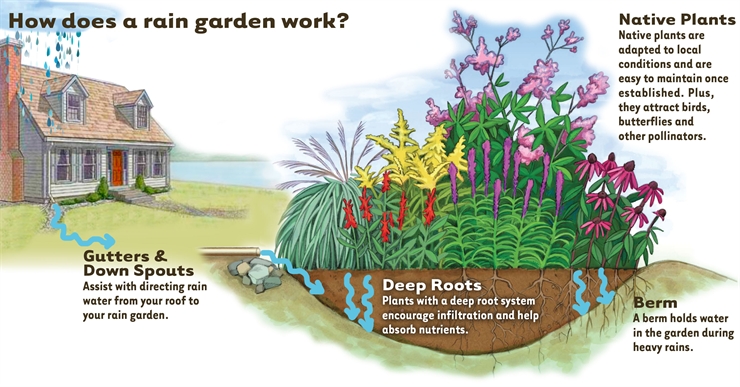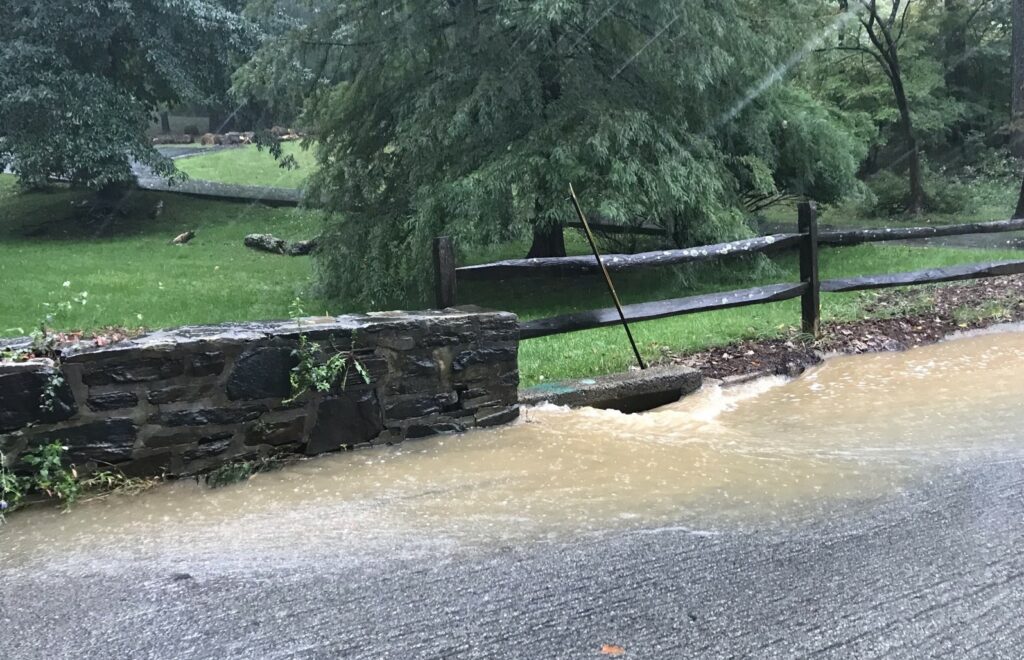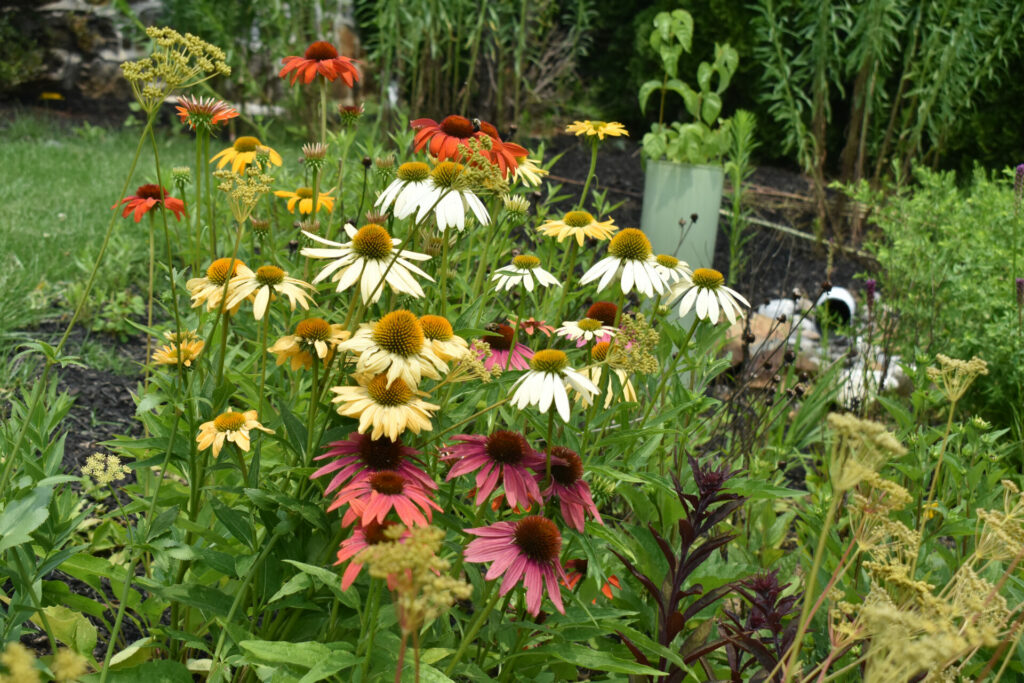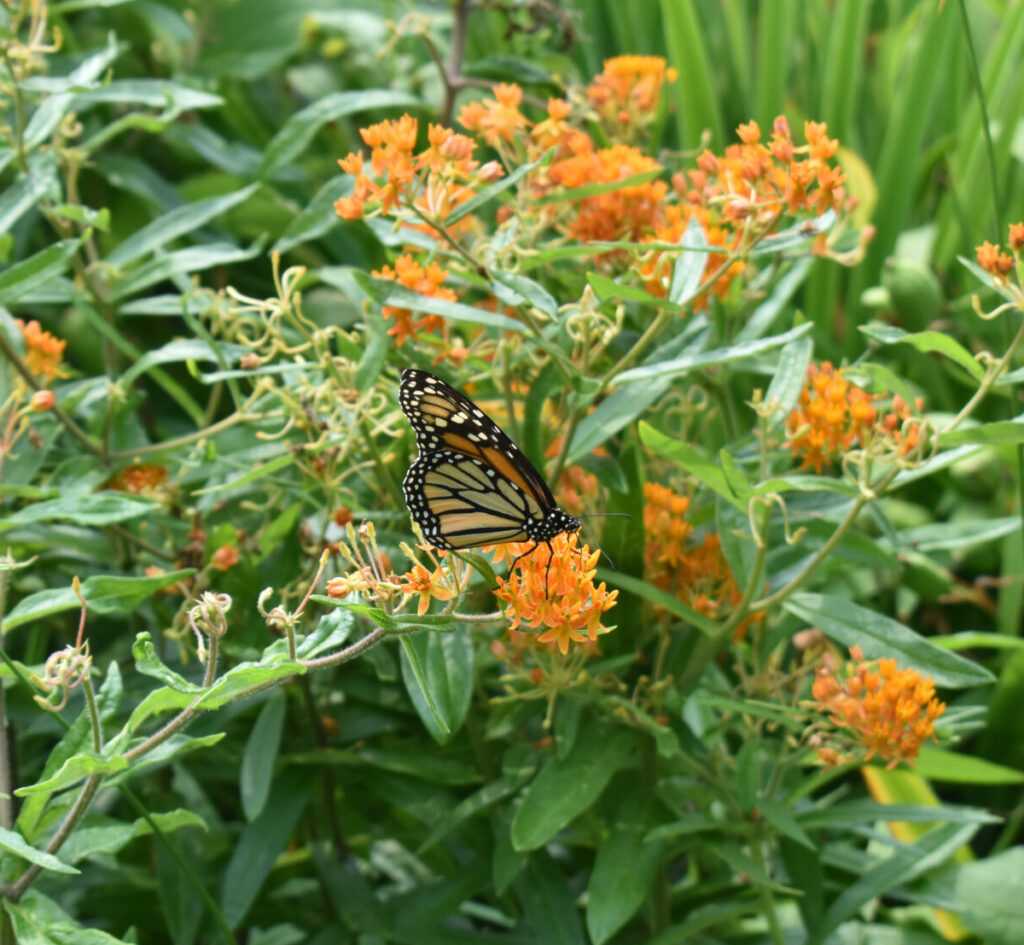In collaboration with local partners, PRC has helped to establish and fund two community rain garden programs in the greater Philadelphia area.
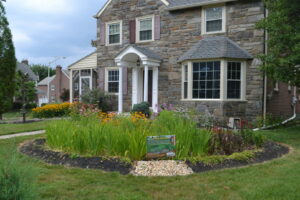 To date, these programs have successfully created more than 80 rain gardens at minimal costs to local residents.
To date, these programs have successfully created more than 80 rain gardens at minimal costs to local residents.
In 2014, PRC and our partners forged an initiative to create rain gardens for public demonstration on public and private property with the vision of accelerating the adoption of green stormwater infrastructure. This effort fostered the creation of Hav-A-Rain Garden, a program which consists of a team of trained volunteers who assess, design, and install rain gardens in Haverford Township, PA.
In the years following the founding of Hav-A-Rain Garden, we’ve helped provide training and technical assistance opportunities to volunteers from other communities interested in establishing their own rain garden teams. As a result, the community rain garden program expanded into Upper Darby Township in 2020, creating the Upper Darby Rain Garden Team.


